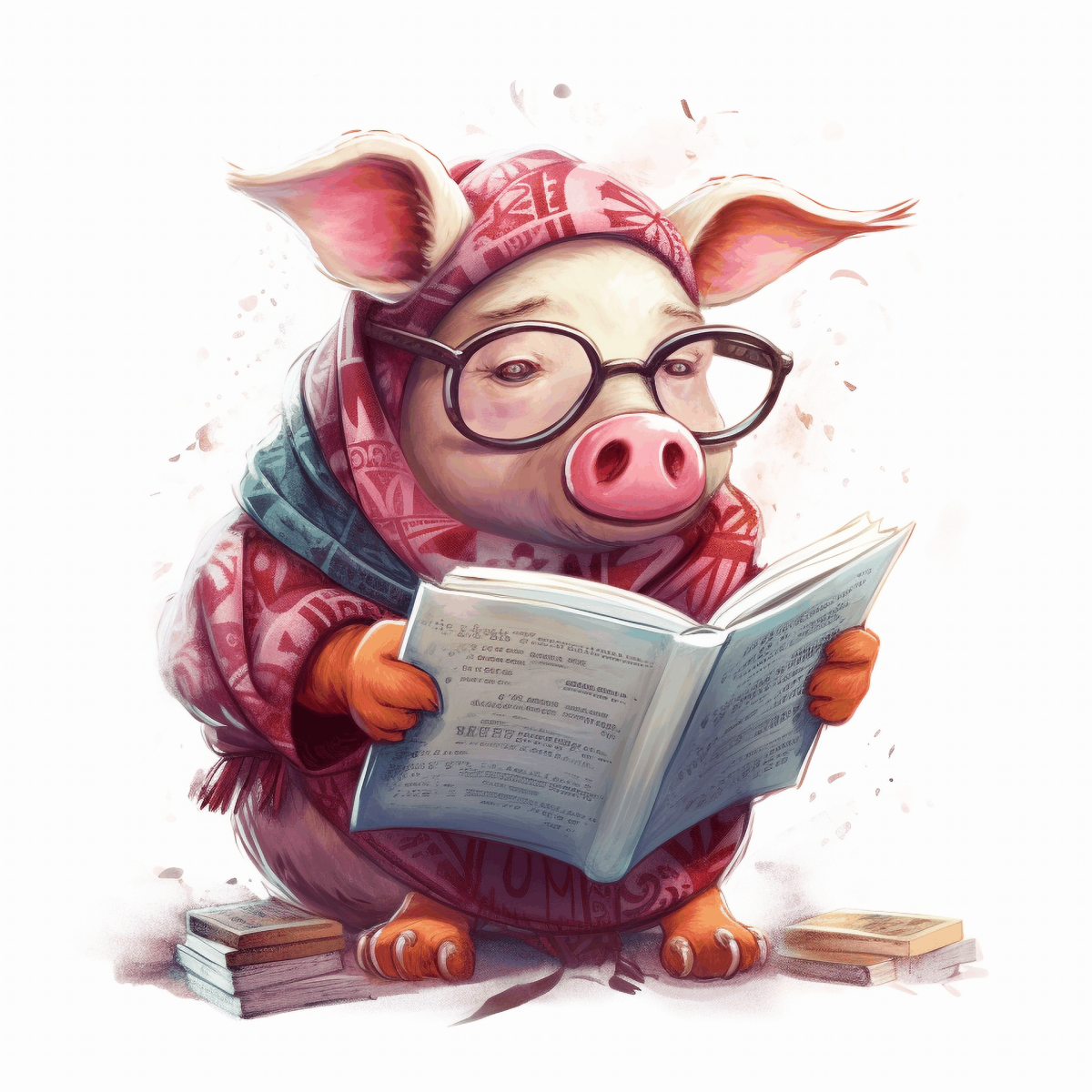How to Read Aloud to Children
A few months ago when my daughter’s first grade class was celebrating Dr. Seuss’ birthday her teacher asked me if I would like to read aloud to the class. I chose two of our favorite Dr. Seuss books, “Oh, Say Can You Say” and “The Sneeches.” The experience was a very enjoyable one for both the students and me because I knew what to do to ensure a positive reading experience and I was properly prepared. Now I would like to share my tips for reading aloud with you, so your read aloud experiences can be fun and exciting, too.
The books I chose to read aloud.

The Benefits of Reading Aloud to Children
There are many benefits of reading aloud to children. It gives them a head start in school by introducing them to language and literacy. It encourages language development and it helps children build their vocabulary and general knowledge. When a parent or caregiver reads to a child, the child enjoys the story and the attention from the adult. They begin to associate reading with pleasure, and in time this develops into a passion for reading. It has been proven that people who read the most, are the best readers, and they are the ones who tend to stay in school the longest. The best way to get better at reading is to read and the best way to get a child interested in reading is to read aloud to them.
So what can you do to make reading aloud a successful experience for you and your child or group of children? Here are a some tips and tricks that I use myself and that I have passed along to many group leaders when training them on reading aloud.

Read Aloud Tips
For reading aloud to groups of any size.
Read the book ahead.
If you remember nothing else, remember this. Even if you are planning to read a story you have read before, read it again before you read it to your child. When reading aloud it is important that you are familiar with the book before you begin, so refresh your memory.
Read slowly.
Read even more slowly than you think you should. Almost to where you think you are reading too slowly. When we read or speak in front of an audience, we tend to get nervous and speed up. When you read a book and see the words, you are able to understand the meaning quickly because you are getting the visual input. When a child listens to a book, they need time to process what you are saying in order to follow what is happening in the story. Reading slowly and clearly will sound calm and relaxed to the listener, not boring.
Read the book aloud.
When you are reading the book ahead, read it aloud. Many children’s books have rhymes or rhythms to them which are not apparent if read silently. For example, “Hippos Go Berserk!” by Sandra Boynton rhymes, but needs to be read with the right tempo in order for all of the rhymes to work. If you read the book to yourself in your head, you might miss the rhymes.
Practice the voices.
If you want to read your story with different voices for multiple characters, practice the voices! It can be pretty difficult to hold a foreign accent or switch back and forth between character voices in a conversation. Sometimes you find out that the voice you wanted to use doesn’t fit the character’s personality, so you need to make a switch. Therefore, choose the voices or accents you want and read the book aloud several times through with those voices before reading to an audience.
Read with emotion.
Even if you choose not to do character voices, practice reading with emotion. Learn to vary the way you read. Speak softly during a mysterious part, or a little louder during an exciting part. You do not need to make a big change to make your reading interesting. Simply react to what is happening in the story.

Some of our favorite books.

Reading Aloud to Large Groups
Here are some extra tips for reading aloud to large groups of children including how to handle reading the text comfortably while showing the pictures.
Wait until the children are listening.
If you are reading to a group of children, wait to begin until the group is listening. Do not try to start the story and hope they will get interested and quiet down once you get started. That will not work. You need to have their attention before you begin. They will always be curious to hear the story, so if you require them to get quiet each time before you read, it will become a habit. Then they will quiet down as soon as you take out a book and get seated.
Ask age-appropriate questions.
To encourage listening and comprehension, and to make sure your group is following the story, it is good idea to ask a few questions as you read. Be sure to ask questions that are appropriate for the age group. For a group of three and four year olds you might ask, “How many caterpillars do you see on this page?” For a group second graders you could ask, “Who is the main character in this story?” Just make sure you know the answers to all the questions you plan to ask.

Limit yourself to one question per page.
Your questions should help engage students in the story, not distract from it. If you ask three or four questions after every page, they may forget what was happening in the beginning before you get to the end of the book. If a book has a musical or rhyming style, you may not want to break the flow by asking questions during the story. Instead, read the book all the way through. When you are finished, go back to the beginning and ask questions. In a short book you can even read it again, but this time ask questions on each page.
Change up your questions.
Try not to ask the same thing on every page and keep your questions engaging. You can ask students what is happening in the story, but that gets old pretty quickly. Instead try asking what might happen next, or if the main character made the right choice. Then ask what they would have done in that type of situation. You can also engage students by asking them about their favorite parts of the story and their favorite characters. If you have someone in your group who has already heard this story, remind them not to ruin the surprise for the others. Later, you can ask that person if they noticed anything new that they didn’t notice when they first read or listened to the book. If the questions are too distracting or the group starts talking too much say, "Let's keep reading and see what happens." Then read a few pages before asking another question. Limit the number of answers you allow on subsequent questions and skip the questions altogether if your group is unable to stay focused when you pause the reading.
Getting Your Read On?
How often do you read aloud with a child?
To show or not to show - the pictures, that is.
There seems to be a great pressure to show the pictures when reading aloud. If you are reading to one or two children, it is easy to sit in between them while holding the book in your lap where all of you can see it. If you are reading to a large group, showing the pictures gets a bit tricky. Pre-school teachers tend to have a knack for reading sideways with the book held open and the end of their outstretched arm. If that doesn’t work for you, don’t worry about it! Hold the book open on your lap and read comfortably. Then lift it and show the pictures at the end of each page. As long as you take time before you start to explain your reading style to the group and you remember to show the pictures, they will be fine with it. It is better to read the words clearly and calmly, and then show the pictures; instead of showing the pictures, and fumbling through the words.
Just go for it!
Whether you are reading to a group of children in an afterschool program or reading your your own child at home, remember that you do not have to be the perfect reader for them to benefit from hearing you read. Practice makes perfect so read aloud to children as often as you can!










